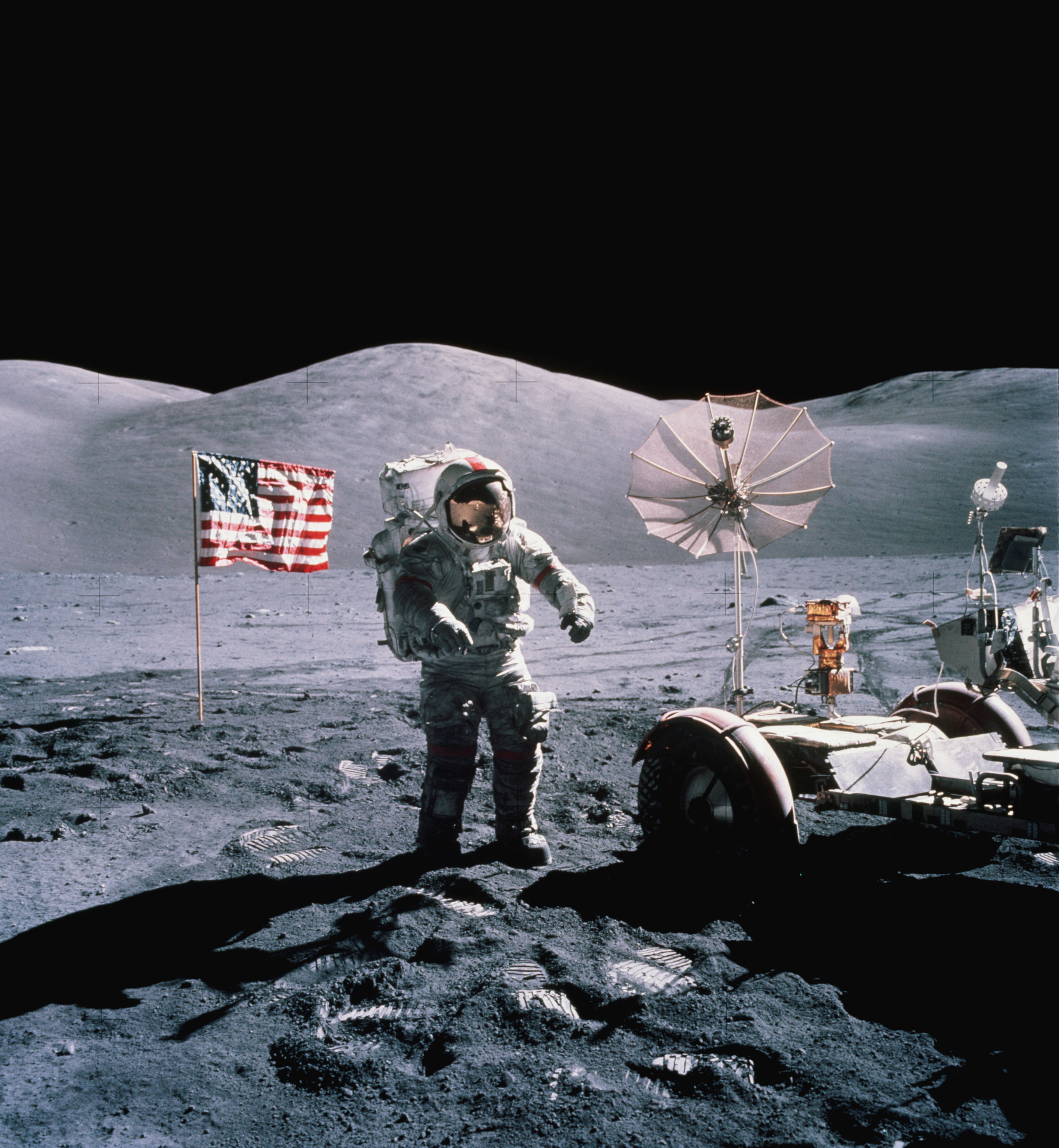Create a free profile to get unlimited access to exclusive videos, sweepstakes, and more!
NASA eyes closed-cabin rover ‘like an RV for the moon’ in first step toward long-term lunar presence

As NASA moves full-steam toward its 2024 goal of launching the first Artemis mission to the moon, it’s also fleshing out the larger role the lunar program will play in the agency’s long-term space ambitions.
One of those goals, of course, is charting the role of future Artemis launches in establishing the first permanent human presence on the moon. In a recent Q&A with online attendees at a meeting of NASA’s Solar System Exploration Research Virtual Institute, Mark Kirasich, who’s the acting director of NASA's Advanced Exploration Systems, said the agency is looking at deploying a closed-cabin, pressurized rover that could accommodate a pair of astronauts for stays as long as 14 days.
Having a place to camp out on the lunar surface — even for a couple of weeks — would mark NASA’s first step toward setting up a longer-term base on the moon. And, let’s face it: it also just sounds plain awesome.
“This thing is the coolest element I’ve ever seen for people,” Kirasich explained (via Ars Technica). “It's like an RV for the moon. We are going to try and develop this jointly with JAXA [the Japan Aerospace Exploration Agency], as a Japanese contribution to our plan.”
The concept for the vehicle appears to be a revival of the same idea behind the Lunar Electric Rover that NASA began developing more than 10 years ago in conjunction with JAXA. And thanks to last week’s signing of the Joint Exploration Declaration of Intent (JEDI) — an agreement between NASA and JAXA to cooperate on developing deployable technology for the ISS and Artemis programs, the future rover, just as before, will be a product of that ongoing partnership.
Originally planned to house astronauts for up to 180 days, the earlier rover was scrapped in 2010, along with the umbrella Constellation program that the Obama Administration had deemed too costly when compared with the emerging Orion deep space capsule program. But you can check out the earlier version’s prototype, which made an appearance at the former president’s first inaugural celebration, in the image above.
JAXA has a commercial partnership with Toyota that promises to shift some of the development burden to the private sector — a benefit Kirasich explained was necessary in a time when NASA is watching every Congressionally-appropriated dollar.
“It’s very important to our leadership at the moment to involve JAXA in a major surface element,” he said. “…[T]he Japanese, and their auto industry, have a very strong interest in rover-type things. So there was an idea to — even though we have done a lot of work — to let the Japanese lead development of a pressurized rover. So right now, that’s the direction we’re heading in.”
Before NASA can put a closed-cabin rover on the moon, it first has to do some ground work in an open-cabin rover. That “lunar terrain vehicle,” which NASA would select from a competing batch of privately-developed prototypes, is expected to hit the lunar surface as soon as 2025, if the rest of the Artemis program remains on schedule.
Here’s hoping it does, because nothing sounds cooler than watching astronauts send field reports back to Earth from a NASA-approved RV; one custom-built to give a whole new meaning to roughing it in the great (lunar) outdoors.



























